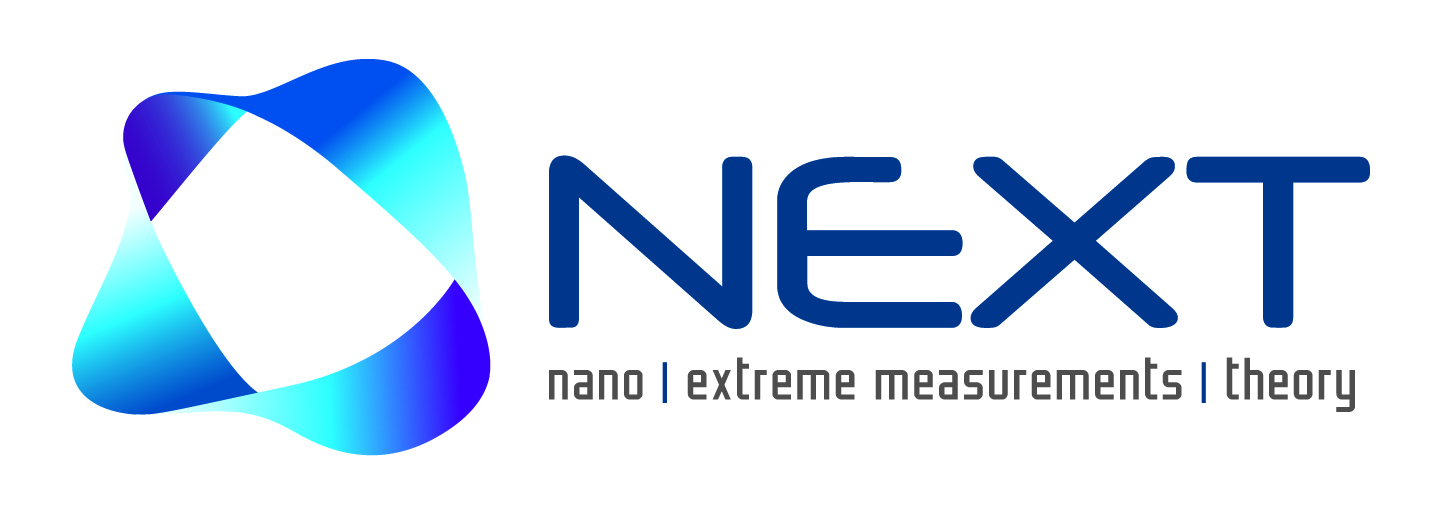Research interest
I am currently a full-time CNRS senior researcher at the Universite Paul Sabatier (Toulouse, France). I am part of the Laboratoire de Chimie et Physique Quantiques (UMR5626) within the THEO group.
ERC Consolidator grant (No. 863481):
Processes related to electronically excited states are central in chemistry, physics, and biology, playing a key role in ubiquitous processes such as photochemistry, catalysis, and solar cell technology. However, defining an effective method that reliably provides accurate excited-state energies remains a major challenge in theoretical chemistry. In PTEROSOR, we aim at developing a totally novel approach to obtain excited-state energies and wave functions in molecular sys- tems thanks to the properties of non-Hermitian Hamiltonians. Our key idea is to perform an analytic continuation of conventional computational chemistry methods. Indeed, through the complex plane, ground and excited states can be naturally connected. In a non-Hermitian complex picture, the energy levels are sheets of a more complicated topological manifold called Riemann surface and they are smooth and continuous analytic continuation of one another. PTEROSOR’s main goal is to develop a new theoretical approach allowing to connect, through the complex plane, electronic states. Instead of Hermitian Hamiltonians, we propose to use a more general class of Hamiltonians which have the property of being PT- symmetric, i.e., invariant with respect to combined parity reflection P and time reversal T. This weaker condition ensures a real energy spectrum in unbroken PT-symmetric regions. PT-symmetric Hamiltonians can be seen as analytic continuation of conventional Hermitian Hamiltonians. Using PT-symmetric quantum theory, an Hermitian Hamiltonian can be analytically continued into the complex plane, becoming non-Hermitian in the process and exposing the fundamental topology of eigenstates. Our gateway between ground and excited states are provided by exceptional points which lie at the boundary between broken and unbroken PT-symmetric regions.
Multireference quasiparticles for strong correlation
This project proposes to tackle the problem of describing strong electron correlation by combining two different, yet complementary, approaches: a quantum chemistry description based on multireference wave functions and a condensed matter description based on quasiparticles, hence contemplating the concept of multireference quasiparticles This project has received financial support from the CNRS through the 80|Prime program, and is also supported through the EUR grant NanoX ANR-17-EURE-0009 in the framework of the ``Programme des Investissements d’Avenir’'.
Habilitation
My HDR memoir describe succinctly several studies we have been doing on model two-electron systems. In particular, we introduced a novel class a quasi-exactly solvable systems, shedding new lights on the universality of correlation effects in two-electrons systems. Second, I present the work we performed on the mathematical properties of a new family of uniform electron gases as well as the development of a new class of density functionals based on this new paradigm. Third, new recurrence relations for three- and four-electron integrals as well as their fundamental integrals and upper bounds will are discussed. In particular, our strategy to bound rigorously and efficiently these many-electron integrals is presented.
- Functionals, Integrals, Spheres & Cusps defended on 25th Jan 2018.
- Slides of my HDR defense A curvy view on electronic correlation
PhD
In a nutshell, my PhD work deals with excited electronic states of macromolecules, such as proteins, enzymes and DNA fragments, as well as the development of QM/MM methods which combine quantum mechanics and molecular mechanics methods. Martin Karplus, Micheal Levitt and Arieh Warshel have been awarded the 2013 Nobel Prize in Chemistry for the seminal development of these methods.

